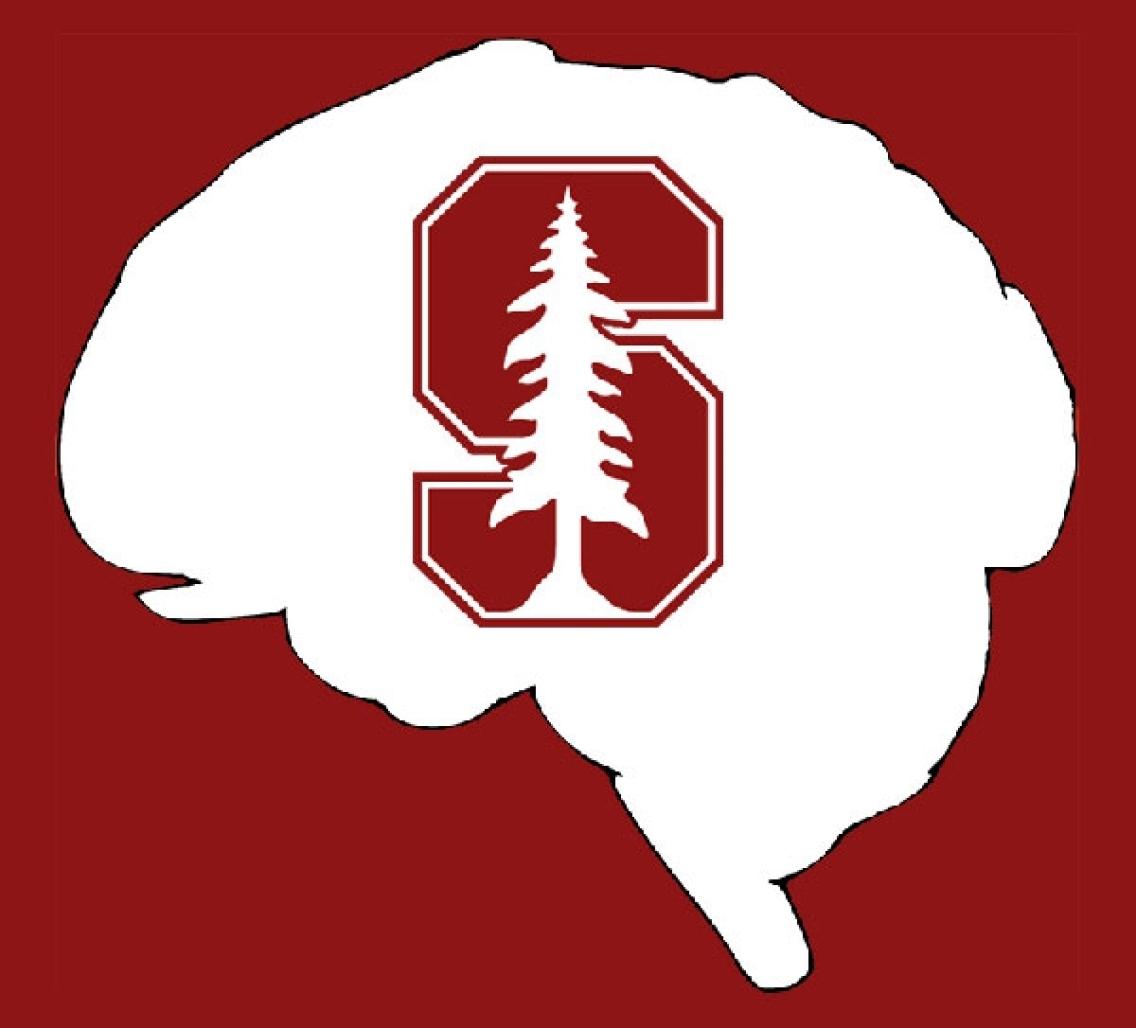Event Details:

The neurobiology of social bonding, social loss and empathy: Implications for autism

Larry J. Young, PhD
Professor, Department of Psychiatry
Emory University School of Medicine, Atlanta, Georgia
Host: Karen Parker
Abstract
The monogamous prairie vole provides an opportunity to examine the neural and genetic mechanisms underlying complex social decisions, including social bonding and empathy-related behaviors. Oxytocin receptor (OXTR) signaling in the nucleus accumbens (NAcc) and prefrontal cortex (PFC) is critical for mating-induced pair bond formation between mates. Diversity in expression patterns within the brain contribute to diversity in social behaviors across and within species. In prairie voles, oxytocin links the neural encoding of the social signature of the partner with the rewarding aspects of mating through interactions with dopamine and by coordinating communication across a neural network linking social information with reward. Using in vivo electrophysiology and optogenetics, we have found that PFC modulation of NAcc activity facilitates pair bonding. Genetic polymorphisms robustly predict natural variation in OXTR expression in the NAcc, which predict pair bonding behavior and resilience to neonatal social neglect. We have also explored the capacity of prairie vole to display empathy-like behavior, specifically consoling. Prairie voles increase their partner-directed grooming toward mates that have experienced an unobserved stressor. This consoling response is abolished blocking OXTR antagonist into the anterior cingulate cortex, a region involved in human empathy. Finally, loss of a bonded partner results in the development of depressive-like “grieving” behavior. Infusion of oxytocin into the NAcc prevents social loss-induced depression. Clinical studies suggest that the role of oxytocin in regulating social cognition is conserved from rodent to man. Thus pharmacological manipulation of the oxytocin system may represent a means of improving social function in psychiatric disorders such as autism.
Related papers
[1] Lanikea B. King, Hasse Walum, Kiyoshi Inoue, Nicholas W. Eyrich, and Larry J. Young (2016). Variation in the Oxytocin Receptor Gene Predicts Brain Region-Specific Expression and Social Attachment. Biological Psychiatry 2016 Jul 15;80(2):160-169. doi: 10.1016/j.biopsych.2015.12.008.
[2] Elizabeth A. Amadei, Zachary V. Johnson, Yong Jun Kwon, Aaron C. Shpiner, Varun Saravanan, Wittney D. Mays, Steven J. Ryan, Hasse Walum, Donald G. Rainnie, Larry J. Young & Robert C. Liu (2017). Dynamic corticostriatal activity biases social bonding in monogamous female prairie voles. Nature 546, 297–301 (08 June 2017). doi:10.1038/nature22381